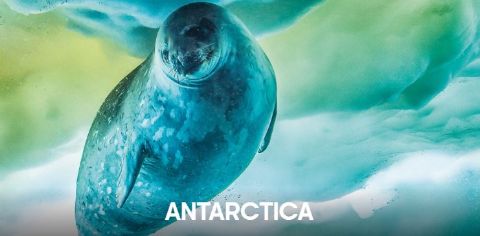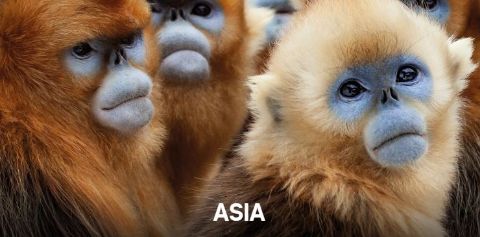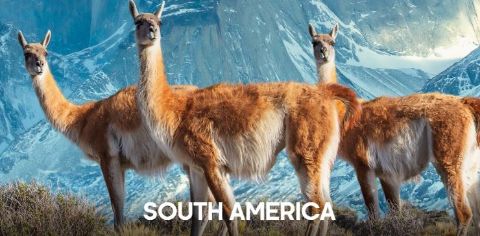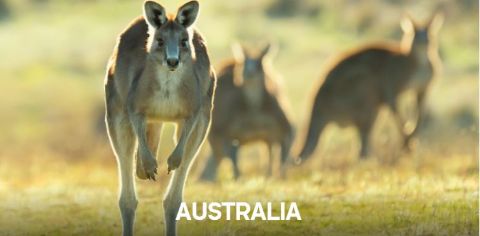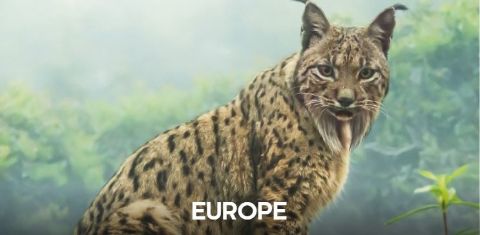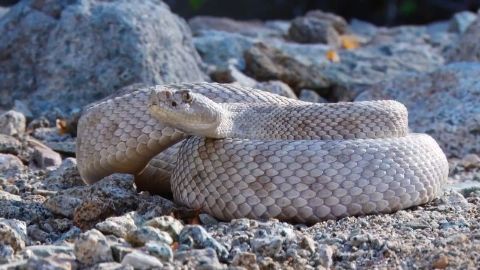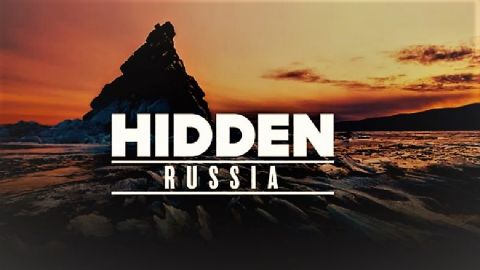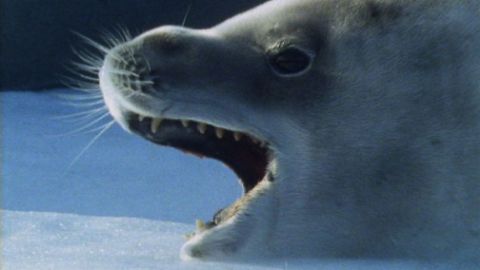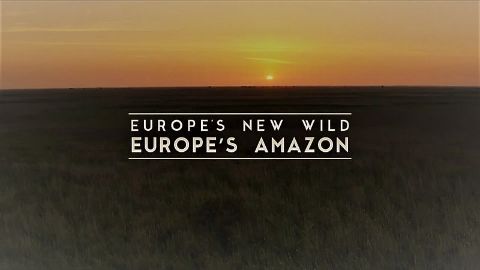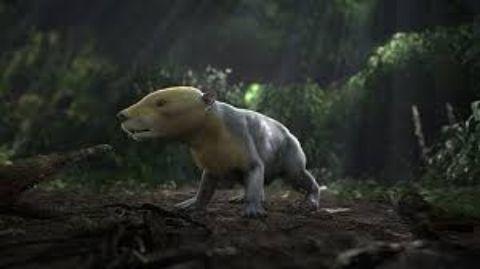Europe • 2019 • episode "S1E5" • Seven Worlds, One Planet
This crowded continent hides the most surprising animals in pockets of wilderness. Above Gibraltar, Europe’s only primate lives a life of kidnapping and high drama, whilst in the cemeteries of Vienna grave robbing European hamsters do battle with each other. Come nightfall, the Italian mountain villages are the hunting grounds for rarely seen wolves, whilst lynx lurk in the forests of Spain. Deep underground in Slovenia’s caves, baby dragons live for up to a hundred years. Meanwhile, on the surface the continent has been developed beyond recognition.
Make a donation
Buy a brother a hot coffee? Or a cold beer?
Hope you're finding these documentaries fascinating and eye-opening. It's just me, working hard behind the scenes to bring you this enriching content.
Running and maintaining a website like this takes time and resources. That's why I'm reaching out to you. If you appreciate what I do and would like to support my efforts, would you consider "buying me a coffee"?
Donation addresses
BTC: bc1q8ldskxh4x9qnddhcrgcun8rtvddeldm2a07r2v
ETH: 0x5CCAAA1afc5c5D814129d99277dDb5A979672116
With your donation through , you can show your appreciation and help me keep this project going. Every contribution, no matter how small, makes a significant impact. It goes directly towards covering server costs.
